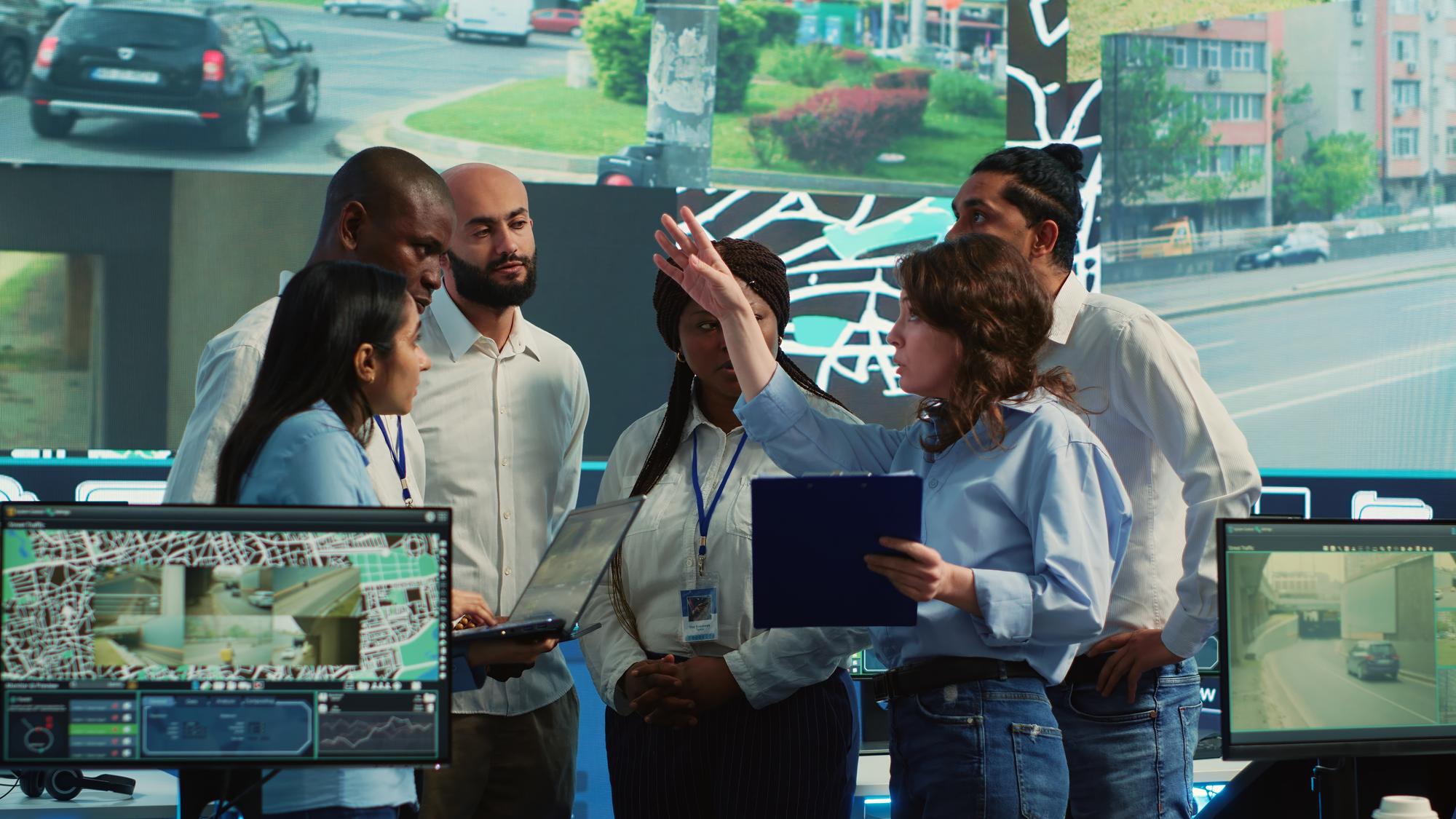Explore how AI-powered digital twins are transforming industries by improving operational efficiency, predictive maintenance, and customer engagement. Learn about the fusion of AI and digital twins, practical applications in healthcare, manufacturing, smart cities, and more. Discover how businesses can leverage this innovative technology to drive growth and future-proof their operations.

On this page
Introduction
The Synergy of AI and Digital Twins: Enhancing Predictive Analysis and Efficiency
Practical Applications and Case Studies
Beyond Replication: Generative AI's Role in Future-proofing Industries
The Future of AI-Powered Digital Twins
Conclusion
The concept of AI-powered digital twins is transforming how businesses operate and innovate. A digital twin is a virtual replica of a physical entity or system, enhanced with AI capabilities to analyze data, predict outcomes, and optimize performance. Understanding and implementing digital twins can lead to significant improvements in operational efficiency, predictive maintenance, and customer engagement.
A digital twin is a dynamic software model that relies on real-time data from sensors and other sources to simulate, predict, and optimize the performance of its physical counterpart. Integrating AI into these models enhances their ability to learn from data, making predictions more accurate and enabling proactive decision-making.
The fusion of AI with Digital Twins technology marks a new era of precision and foresight in business operations. This dynamic duo allows for the creation of digital replicas that not only mirror physical entities but are also capable of predicting future states and behaviors through advanced machine learning algorithms. The result? A transformative tool that propels industries forward by making operations more resilient, proactive, and efficient.
AI-powered digital twins offer a strategic advantage in driving digital transformation initiatives. These models enable organizations to monitor and manage complex systems more effectively, reducing downtime and maintenance costs.

Generative AI transcends traditional Digital Twin capabilities, offering a more comprehensive and forward-looking approach. By simulating countless scenarios and generating predictive models, this technology unveils insights that drive proactive strategies, ensuring businesses not only keep pace with current trends but also anticipate future challenges.
While the integration of AI with Digital Twins promises a revolution in digital replication and prediction, it brings its set of challenges, including data integration, technical infrastructure, and security concerns. However, advancements in edge computing, encryption, and Industry 4.0 standards are paving the way for overcoming these hurdles, foreshadowing a new age of seamless and secure AI-Digital Twin convergence.

The advent of AI-enhanced Digital Twins offers a groundbreaking avenue for businesses to refine decision-making, streamline operations, and envision future possibilities. Valere is leading the charge in this domain, providing the insights and expertise necessary to harness this potent technology.
As industries continue to evolve, the integration of AI with Digital Twins stands as a testament to the limitless potential of modern technology in shaping a smarter, more efficient, and predictive future. Are you going to let this one pass you by?
AI-powered digital twins represent a significant advancement in how businesses can optimize their operations, predict future trends, and enhance customer experiences. By understanding the potential applications and addressing the associated challenges, CIOs, CTOs, and other IT leaders can effectively leverage this technology to drive innovation and achieve strategic goals.
By taking these steps, organizations can position themselves at the forefront of technological innovation, leveraging AI-powered digital twins to achieve sustainable growth and competitive advantage.

Share